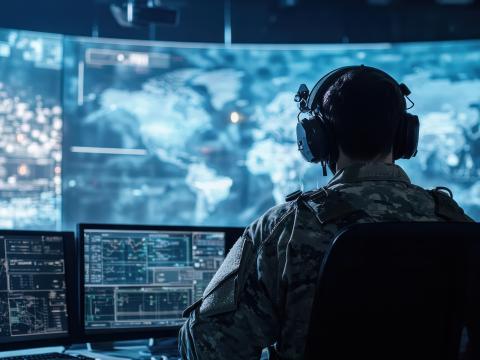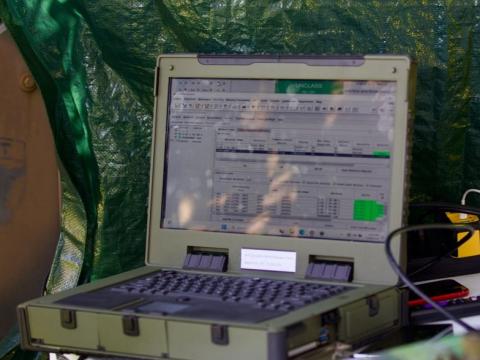Niitek to Support Husky Detection System
Niitek Incorporated, Dulles, Virginia, has been awarded a more than $11 million contract for support services for the Husky Mounted Detection System, including system installation, training, and sustainment services to maintain fielded systems. U.S. Army Communications-Electronics Command, Contracting Center, Fort Belvoir, Virginia, is the contracting activity.




Comment
Problem with this program is,
Problem with this program is, the system is based on very primitive Ground Penetrating Radar (GPR) technologies.
The radar itself is something I've coined as LSDS, Last Second Detection System. Because the fact that the radar has to be over the target area to detect anything, and the platform "Husky" has to be driven as slow speeds to give the radar and the operator time to see anything.
Look at the guys in the minefields, they are out there treading very slowly for months to years clearing those fields, same principle.
CENTCOM knows there are other more advanced GPRs out there, for instance Stanford Research Institute (SRI) has been the for runner for developing aerial based GPR for years that's been used in Iraq and other parts of the middle east and South America by SOUTHCOM with great success. They have also built a vehicle based system that does forward detection and allows the platform to travel at greater speeds, allowing the operator to see threats ahead of them, instead of sitting on top of them.
Main reason CENTCOM went with NIITEK is because NIITEK's system mounts on a Husky, which has a V shaped hull and only has 1 operator, who is very well protected. Stanford's system was built to mount on top of a HUM-V with a driver and 1+ operators in the back focusing primarily on the system itself, not being bothered with the driving.
Plus the fact that NIITEK's system is cheaper all in all.
Myself, I would of simply asked Stanford to modify their's to fit on a tactical vehicle with a V shaped hull, such as the British TMV or or the US MRAP vehicles. That would of given them the protection CENTCOM asked for and room for the system.
Sure it would of cost more, but not my much.
That's my opinion on the matter at least.
Comments